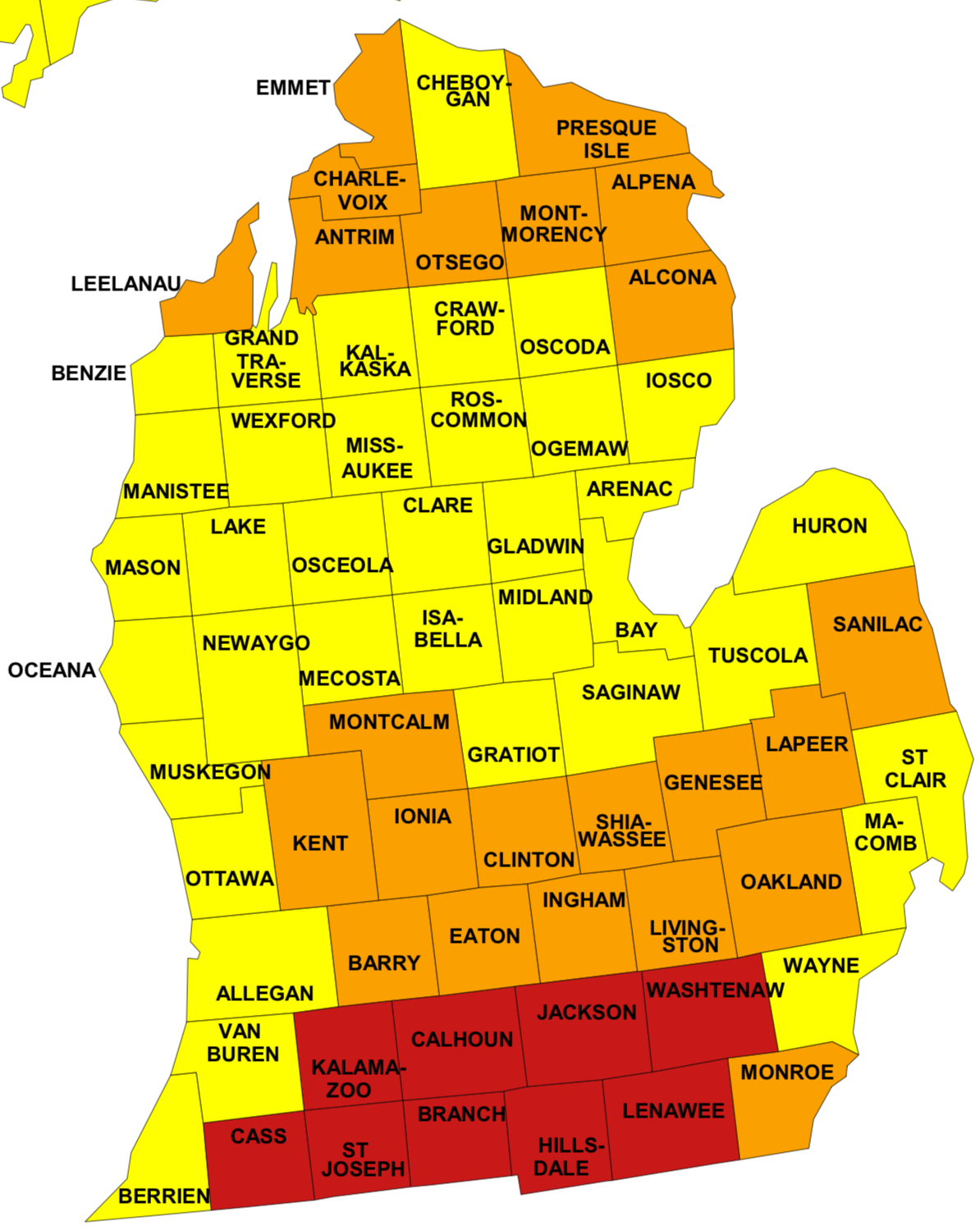Absolutely!!! The Environmental Protection Agency, EPA, recommends testing all homes for radon and taking action to reduce radon levels if they are at or over 4 picocuries per liter (pCi/L). It is also recommended to consider reducing radon levels if they are between 2 and 4 pCi/L. There is no known safe level of radon, and any exposure carries some risk.
What is Radon
Radon is a naturally occurring, radioactive gas that is invisible, odorless, and tasteless. In other words, you don’t know it is there unless you test for it! Radon is formed by the decay of uranium and thorium in the ground and can enter homes through cracks in foundations, construction joints and other openings. To make matters worse, radon is the second leading cause of lung cancer in the US, only behind smoking.
How to Check for Radon
Professionals are certified by InterNACHI or other organizations and utilize equipment that is calibrated on a regular basis and designed to accurately track results. These professionals are trained to place devices in proper locations and interpret results providing recommendations and advising on corrective action as needed. Be sure to follow the testing professional’s advice in preparing for the test with steps such as closing windows prior to and during testing.
The House Has a Mitigation System, I Do Not Need to Test
When buying a home, part of your purchase procedure should be to conduct a home inspection, and a radon test should be part of this process regardless if there is a mitigation system or not. Even if there is a system in place, with radon being an invisible, odorless, and tasteless gas, we truly do not know what the levels are unless we test for it. In fact, the EPA recommends testing your home for radon at least every two years and if you have a mitigation system, you should also test annually to ensure it’s working effectively.
Conclusion
Radon is a dangerous, radioactive gas that is the second leading cause of lung cancer and can enter your home unseen and undetected. Michigan’s EPA map of radon zones can be found here: https://www.epa.gov/sites/default/files/2014-08/documents/michigan.pdf
Do not put your family or yourself at risk by not having a clear understanding of what is present. Contact Inspected Moore today to know what your family is living with and let us help ensure your safety!

